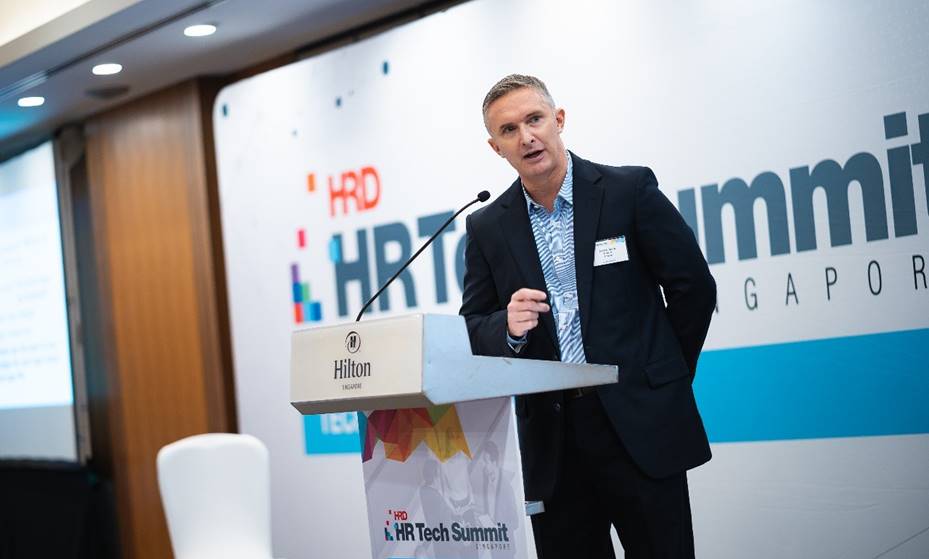
An HR expert says HR needs to ‘learn to walk before you run’

Digital transformation – everyone’s doing it, but many are not getting it quite right. What’s missing in HR’s change journey? How can HR up their chances at success? HRD spoke with Jonathan Knapp, founder of Envolve to get his insights.
HRD: “Digital transformation” has become quite a buzzword in the HR community. How can HR avoid simply rushing on the bandwagon and embark on a genuine change journey?
JK: It’s certainly a phrase I hear in most of my conversations with organisations, be they large or small, and not just within HR departments.
A recent McKinsey survey showed that more than 80% of companies had undertaken digital transformations in the past five years. I see this trend accelerating as the effects of implementing technology – and the danger of losing competitive advantage if you don’t – become more and more apparent.
On the flipside, despite their omnipresence, very few of these transformations are a genuine success.
My advice here is always the same: learn to walk before you run. Granted, it’s a terrible cliché, but it remains applicable to many of the common mistakes seen when attempting to adopt and implement new technologies in order to transform established business processes.
The other fundamental aspect to keep in mind is that no matter how smart your new technology is, it will be the people within your organisation who hold the key to its success. I’m a huge fan of AI, but the variant ‘Augmented Intelligence’ rather than its more popular big brother ‘Artificial Intelligence’. When technology seeks to compliment – rather than replace – us humans, you’re on to a winner.
HRD: From your experience, what are the top few mistakes HR leaders make that lead to a failed transformation? How can they increase their chances of success?
JK: It’s simple to do and yet massively improves your chances of success, be it for transformations or any change management exercise: Follow Richard Lalleman's 3% rule.
The 3% rule stipulates that if you can identity the 3% of your organisation’s informal leaders – those employees who others listen to and follow, regardless of their title – you can influence up to 85% of your workforce.
By identifying those informal leaders, getting them onboard and having them lead any transformation initiative or change management project, you can significantly increase your chances of a positive outcome.
It’s a fantastic approach to adopt and can be used in many more areas than change management – onboarding for example. Having new recruits interact with your informal leaders right from day one, increases their speed to productivity, engagement and lowers early rates of attrition.
HRD: Sounds intriguing, but how can organisations identify their ‘informal leaders’?
JK: My go-to resource here is ONA (organisation network analysis), specifically ‘active’ ONA. I’ve been a fan of ONA for a while now and consider it as one of the most verifiable methods within the people analytics space. I also think that we’re only just scratching the surface of its benefits and applications and look forward to seeing how this field develops.
HRD: Top advice for HR leaders looking to transform.
JK: Focus on a ‘quick win’ that can demonstrate value to executive stakeholders before you embark on anything too complicated. Tackle a pain point that your CEO has highlighted as business-critical, namely something which is causing immediate and on-going financial pain to your organisation, and then show the ROI of your solution.
Show them the money and show them quickly. If you can solve just one business-critical issue in say, a quarter, you’ll likely gain much stronger executive support for your next project. The longer time a project needs to deliver, the more such support will wane, or the pain point you set out to resolve might have already changed!
Start small, finish quickly, and demonstrate positive financial impact. Then rinse and repeat.